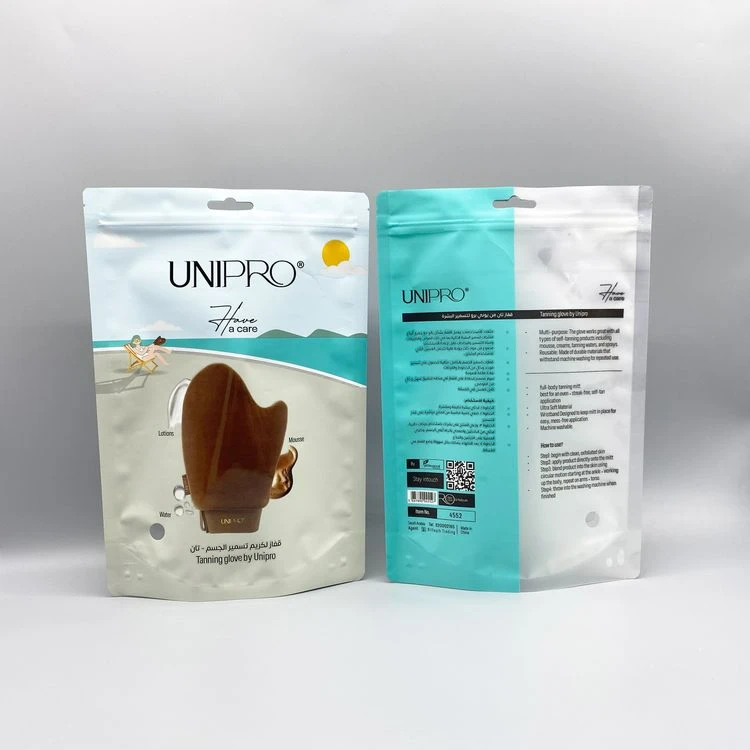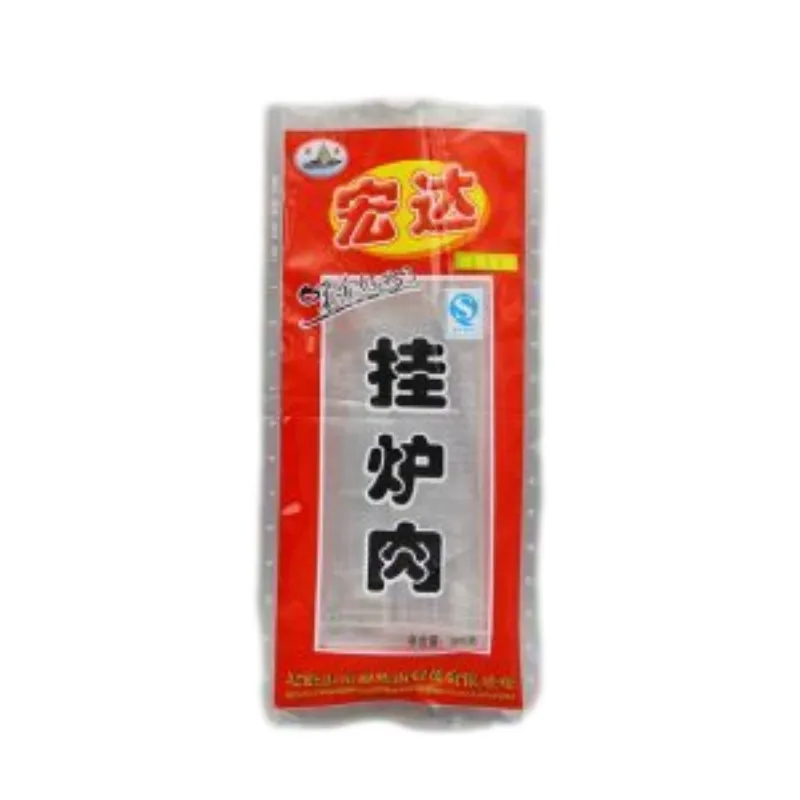Composite packaging is an innovative approach in the world of product packaging that marries functionality with sustainability. It involves the combination of different materials to create an optimized packaging solution that offers both strength and flexibility. Companies in various industries are increasingly turning to composite packaging to meet both consumer demands and regulatory requirements.

The intrinsic value of composite packaging lies in its ability to combine the benefits of its constituent materials while minimizing their individual drawbacks. For instance, a typical composite package might utilize paper for its biodegradability, plastic for its durability and moisture resistance, and aluminum for its barrier properties against light and oxygen. This intricate weaving of materials not only enhances the protective qualities of the packaging but also significantly reduces its environmental impact compared to traditional packaging options.
One of the most appealing aspects of composite packaging for businesses is its versatility. Having worked in the packaging industry for over a decade, I can attest to the fact that composite materials can be tailored to suit a wide array of product categories. Whether it's food, pharmaceuticals, or cosmetics, composite packaging can be customized to meet specific industry standards and consumer expectations.

From my extensive experience, I have observed that companies that adopt composite packaging solutions often see an improvement in their product shelf life and a reduction in return rates. This is because composite materials provide an effective barrier against external factors that might degrade the product, such as humidity, air, and UV rays. For food products, in particular, this means fresher products and satisfied customers, leading to increased brand loyalty and repeat purchases.
composite packaging definition
Moreover, composite packaging enhances the tactile and visual appeal of a product. In an age where consumer experience is as key as product quality, the slick, refined look and feel of composite materials can make a crucial difference on the retail shelf. Brands can creatively utilise the textural and aesthetic attributes of composites to craft a compelling brand narrative that resonates with environmentally conscious consumers.
Trustworthiness in the realm of composite packaging is paramount. It’s reassuring for consumers when brands transparently communicate the composite composition and recycling possibilities of their packaging. Transparency not only builds consumer trust but also reinforces brand integrity. Plenty of global organizations are setting great examples by adopting comprehensive, third-party certifications for their composite packaging solutions, thus enhancing their credibility and strengthening consumer confidence.
Despite its advantages, composite packaging also comes with its set of challenges, primarily in recycling. The combination of different materials in composite packaging can make recycling a tricky endeavor. However, advances in recycling technologies are paving the way for a future where composite packaging can be effectively recycled. As someone deeply involved in green packaging initiatives, I've witnessed significant strides in this area, which promise to make composite packaging an even more sustainable choice moving forward.
In conclusion, composite packaging emerges as a robust, reliable, and eco-friendly solution for modern packaging needs. By blending materials to harness their collective strengths, it offers businesses a competitive edge and aligns with global sustainability goals. Its application across diverse industries underscores its versatility and potential, making it an indispensable component of future product packaging strategies.